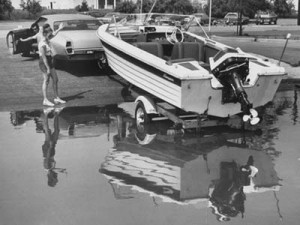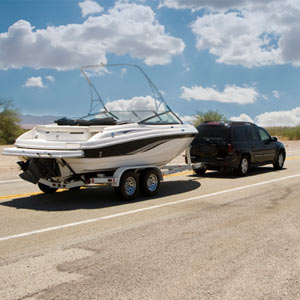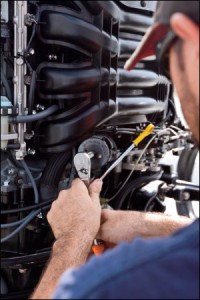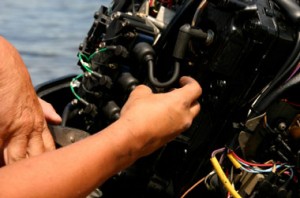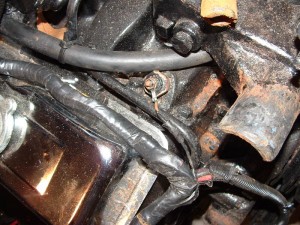How to Choose Your Outboard Motor Oil
 If you only take your boat out once in a blue moon, you probably don’t care too much about which types of motor oil you choose—and you probably wouldn’t have stumbled upon this blog post either. Avid boaters know the importance of choosing top tier outboard motor oil. But with literally dozens of choices on store shelves, how do you know which one is right for you?
If you only take your boat out once in a blue moon, you probably don’t care too much about which types of motor oil you choose—and you probably wouldn’t have stumbled upon this blog post either. Avid boaters know the importance of choosing top tier outboard motor oil. But with literally dozens of choices on store shelves, how do you know which one is right for you?
The most important thing to look for is , which ensures the oil meets a set of rigorous standards set forth by the NMAA. Most manufacturers offer at least one oil that meets TC-W3 standards; the main difference across brands is the additives. Personally, I like to follow the logic that the manufacturer knows their engine best, so they should also be able to create the best oil for it. When it boils down to it though, as long as your oil is TC-W3 certified, you’re in the clear.


